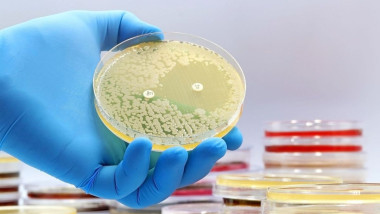Scientists discover the first new antibiotics in over 60 years using AI
Scientists discover the first new antibiotics in over 60 years using AI::A new class of antibiotics for drug-resistant Staphylococcus aureus (MRSA) bacteria which was discovered using more transparent deep learning models.
